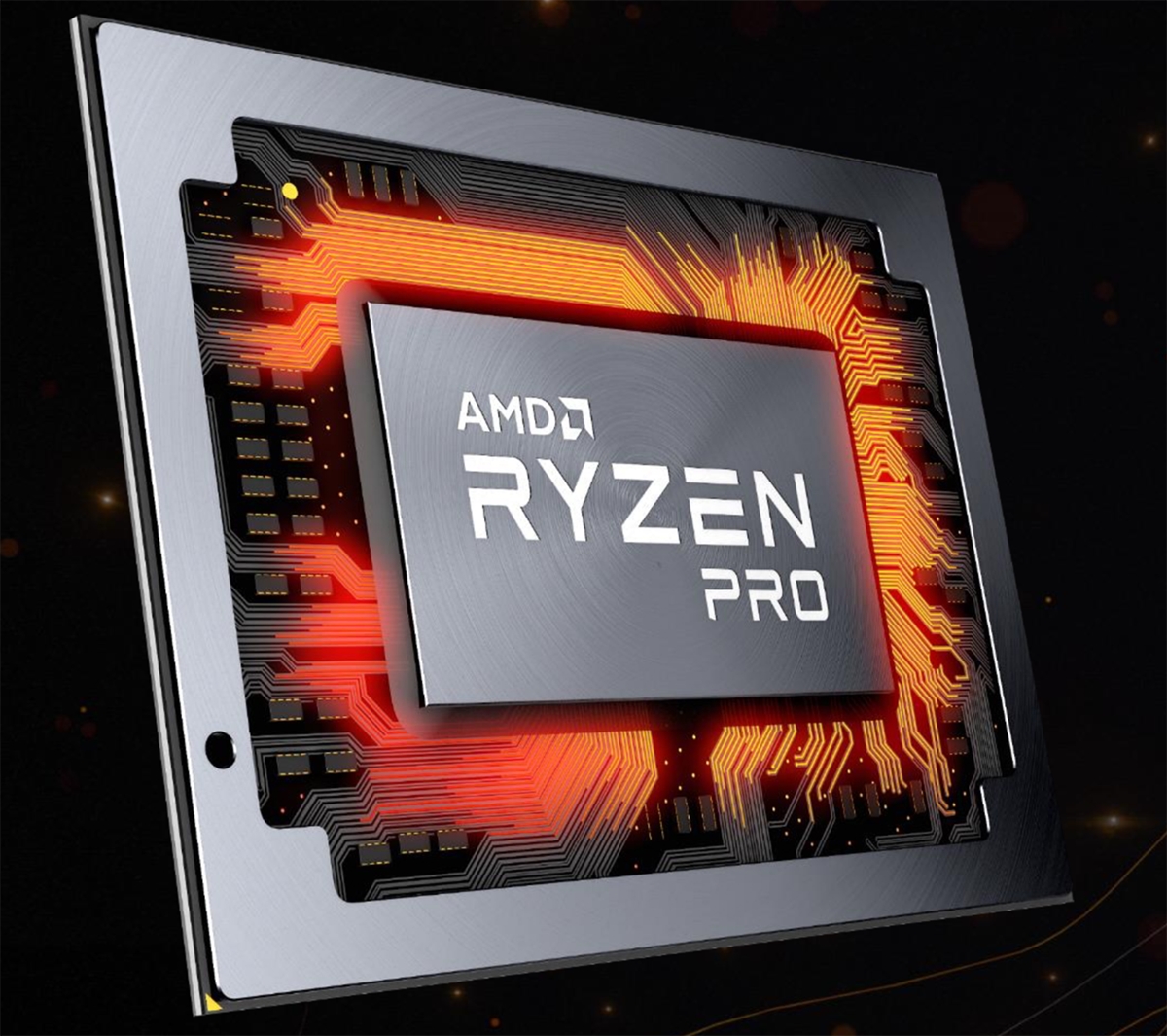

For instance the first wave of high refresh rate 34" ultrawide screens like the Acer Predator X34 and Asus ROG Swift PG348Q had a 100Hz refresh rate, but were actually using older 60Hz native panels. The presence of this module, and absence of a traditional scaler has allowed previously much slower panels to be successfully overclocked to higher refresh rates.

Overclocking of refresh rates on some displays has been made possible largely thanks to the G-sync module. We have yet to test a G-sync screen that showed any meaningful lag, which is a great positive when it comes to gaming. On the plus side, by removing the traditional scaler it does seem that all hardware G-sync module screens have basically no input lag. "Using a hardware G-sync module in place of a traditional scaler has some positives and negatives. These screens all have NVIDIA G-sync in common, so that appears to be the easiest way for manufacturers to overclock refresh rates at the moment. We have also seen some other overclocked screens released so far, including models we have tested like the IPS Asus ROG Swift PG279Q (boosted from 144Hz native to 165Hz overclocked), the VA Acer Predator Z35 (boosted from 144Hz native to 200Hz) and the IPS Asus ROG Swift PG348Q (from 60 to 100Hz). As we explained before, the response time consideration is important for overclocked refresh rates, and so far the G-sync modules have done a nice job of improving response times as refresh rate increases as well. Again, with the additional overclocked refresh rate we saw improvements in perceived motion clarity (as a result of refresh rate), increased frame rate support and also a pleasing improvement in measured response times as well. Acer had managed to offer an overclocked refresh rate here of up to 100Hz so this is obviously a more impressive overclock! It seems to be the presence of the G-sync module, or perhaps the absence of an additional scaler, that is allowing this high overclock and other screens since have all followed this pattern. The Acer Predator XR341CK (with AMD FreeSync support) was the first we tested in July 2015, boosting the native 60Hz panel refresh rate slightly up to 75Hz.Later we saw the Acer Predator X34, based on the exact same 60Hz panel as the XR341CK but this time using an NVIDIA G-sync module. "Acer for instance have already released a few gaming monitors in their Predator range with enhanced refresh rates.


 0 kommentar(er)
0 kommentar(er)
